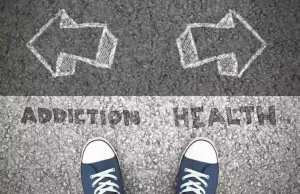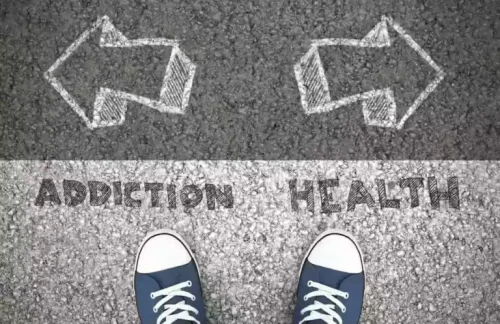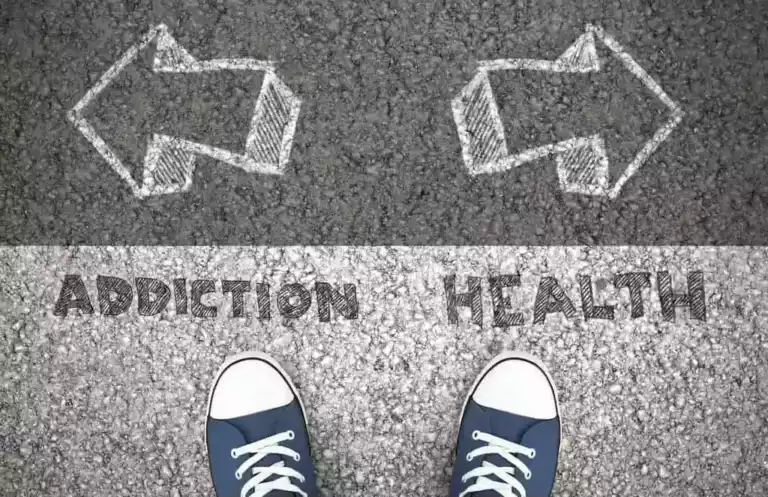The Impact of Alcohol on the Brain Neurobiology of Brain Involvement

Neither compound had an effect on maintenance of chronic alcohol drinking 157, which is in line with a study showing that clozapine did not reduce alcohol consumption in alcohol‐preferring rats 155. These findings are further substantiated by the data showing that peripheral administration of the dopamine D2 receptor antagonist fluphenazine decreased responding for alcohol, without affecting responses for water in rats 133. In addition, haloperiodol dose‐dependently reduced operant self‐administration of alcohol in rats 134 as well as decreased alcohol presentations in the self‐administration model 132. Supportively, low doses of dopamine D2 receptor antagonists inhibit the rewarding properties of other drugs of abuse in rats 135, 42, 136. It should be noted that some studies have shown contradicting effects 137–139, indicating that the role of dopamine in alcohol‐mediated behaviours in complex.
Alcohol causes lasting differential transcription in drosophila mushroom body neurons
While our study did not address this directly, a previous PET study found that occupancy of a selective DRD3 antagonist (GSK598809) was similar in both AUD and control patients 40, suggesting that the ratio of DRD2/3 in various ROI is unchanged under conditions of chronic alcohol consumption. This makes the argument of compensatory DRD2 reduction alongside DRD3 increases unlikely. In line with the hypothesis that a partial dopamine D2 agonist would block the reinforcing effects of alcohol, aripiprazole attenuates alcohol’s ability to increase the locomotor activity in mice 178, 179(an indirect measure of activation of the mesolimbic dopamine system).
- Overall, the results from studies evaluating olanzapine as a potential medication for alcohol dependence have provided evidence of a marginal effect restricted to a sub population of patients (with the longer dopamine D4 receptor allele).
- In contrast, female macaques had enhanced dopamine release in the caudate, but not putamen.
- It is vital to our health, so consider that before you take another shot of your favorite alcoholic drink.
- Alcohol dependence is a chronic relapsing psychiatric disorder significantly contributing to the global burden of disease 1 and affects about four percent of the world’s population over the age of 15 (WHO).
Longitudinal imaging of metabotropic glutamate 5 receptors during early and extended alcohol abstinence
The characteristics of this disorder include loss of control over alcohol intake, impaired cognitive functioning, negative social consequences, physical tolerance, withdrawal and craving for alcohol. To date, there are three medications approved by both the European Medicines Agency (EMA) and the Food and Drug Administration (FDA) for the treatment of alcohol dependence; disulfiram, naltrexone and acamprosate. More recently, the EMA granted authorization also for nalmefene, a compound intended for the reduction of alcohol consumption in adults with alcohol dependence (EMA 2012). Details regarding the mechanism of action of these compounds are outside the scope of this review. In brief, the pharmacological profile is established for disulfiram (an aldehydedehydrogenase inhibitor), naltrexone (an opioid receptor antagonist) and nalmefene (an opioid receptor modulator), whereas the mechanism of action of the anti‐alcohol relapse drug acamprosate is not fully understood. An indirect activation of mesolimbic dopamine via accumbal glycine receptors and ventral tegmental nicotinic acetylcholine receptors (nAChRs) appears likely 2, 3, but additional targets has been suggested (for review see 4).

Antagonism by alpha methyltyrosine of the ethanol-induced stimulation and euphoria in man
Although alcohol is often described as a ‘depressant’, that’s not quite the same as saying it will make you depressed. What alcohol does, though, is depress the body’s central nervous system – the system that lets our brain tell our body what to do. That means that alcohol makes us less co-ordinated, more accident-prone, and less aware of danger. I am a PhD-trained biochemist and neuroscientist with over 9 years of research experience in the field of neurodegenerative diseases. As an academic I have published several scientific papers; as a medical writer I have written many articles in print and online, covering topics on ageing, brain health, anatomy, psychiatry, and nutrition.

For example, Yoshimoto and colleagues11 and Gongwer and colleagues23 found that although HAD and LAD rats differed in their basal level of extracellular DA, they did not differ in CNS DA release after intraperitoneal injection of ethanol. Similarly, Kiianmaa and colleagues28 found no differential increase of extracellular DA concentration in the NAc between AA and ANA rats after microdialysis of ethanol. These varying results may be due to the use of different animal models or different research protocols. Many medical practitioners recommend a ninety-day time frame for dopamine recovery. According to one study, including mindfulness and meditation in addiction treatment can reduce the chance of relapse. The study also suggests that mindfulness meditation can remodel brain networks that can lead to recurrence.
This dopamine release may contribute to the rewarding effects of alcohol and may thereby play a role in promoting alcohol consumption. In contrast to other stimuli, alcohol-related stimuli maintain their motivational significance even after repeated alcohol administration, which may contribute to the craving for alcohol observed in alcoholics. The dopamine deficiency hypothesis is supported by a study showing decreased dopamine receptor gene expression after several months of voluntary alcohol drinking 103. In addition, microdialysis studies in freely moving outbred rats show a decreased dopamine output in the NAc, compared to age‐matched alcohol‐naïve controls, following 7 weeks 104 and 10 months 29 of voluntary alcohol consumption. Furthermore, after 10 months of drinking, a blunted dopamine response following a systemic alcohol challenge has been found in long‐term drinking, compared to alcohol‐naïve rats 29. These results indicate that long‐term drinking attenuates the responsiveness of the system to external dopamine stimulation, in addition to decreasing baseline levels of alcohol and dopamine dopamine.
Prosapip1-dependent synaptic adaptations in the nucleus accumbens drive alcohol intake, seeking, and reward
Inhibitory neurotransmitters transiently decrease the responsiveness of other neurons to further stimuli, whereas excitatory neurotransmitters produce the opposite effect. Some neurotransmitters produce longer lasting changes, contributing to processes such as learning and memory. Chemical messengers called neuromodulators modify the effects of neurotransmitters. Dopamine levels stay increased in the absence of this specific neurotransmitter as long as the person consumes alcohol. The euphoria that drinking provides the brain can make it impossible for a person to refrain from consuming alcohol.
Differential inhibitory effects of a 5-HT3 antagonist on drug-induced stimulation of dopamine release
Moreover, data from a randomized clinical trial in alcohol‐dependent individuals show that the smoking cessation agent reduced the weekly percent heavy drinking days drinks, decreased the drinks per drinking https://ecosoberhouse.com/article/5-ways-to-destress-after-work/ day as well as prevented alcohol craving 211. It should, however, be noted that recent clinical trials in alcohol‐dependent individuals were unable to find a beneficial effect of varenicline based on self‐reported alcohol consumption 212, 213. Besides glycine receptors and nAChR, there are various signalling systems indirectly targeting the mesolimbic dopamine system with promising preclinical findings on alcohol‐mediated behaviours.

ETIOPATHOGENESIS OF ALCOHOL DEPENDENCE
It’s a complicated organ with billions of neurons shooting messages to each other to sustain critical life functions, coordinate muscular action, and learn new skills. As a result, alcoholics consume even more alcohol in an unconscious attempt to restore their dopamine levels and regain their spark. The effectiveness of current attempts to prevent and treat alcoholism is quite low. Improving the outcomes of treatment and prevention initiatives requires a better understanding of the biological mechanisms that underpin addiction.


Lascia un Commento
Vuoi partecipare alla discussione?Sentitevi liberi di contribuire!